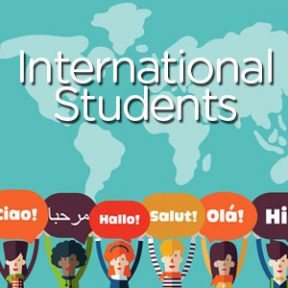
College-bound students, and their parents, are making smart decisions when choosing undergraduate colleges. Even when students get into their first-choice colleges, students are carefully reviewing scholarship and financial aid offers and opting not to jump into huge debt at the more prestigious institutions.
Students are more cognizant of the long-term financial effect of student debt on purchasing their first homes, starting families, and building personal portfolios. It used to be that students would insist on going to the most selective college and parents would dip into their home’s equity or retirement savings to grant their children’s and their own bragging rights. Not anymore.
Over the past few years (even pre-COVID-19), students have been opting for in-state public universities when financial aid offers at the ivies and other selective colleges didn’t substantially reduce the tuition cost. This is especially true for students who intend to pursue higher degrees.
I believe students can get an excellent education and great prospects for higher ed and great careers without paying exorbitant fees ($300,000+). By organizing a comprehensive 4-year plan, students can take interesting classes (and their prerequisites) while satisfying major and general ed requirements, and still do research, internships, and clubs.
In addition to gaining the experience and knowledge through their undergraduate programs, students can also do projects to demonstrate their acumen and potential to future admissions committees and employers. It’s not so much about the college as it is about the student.
Glad to see students making well-thought out decisions based on what they need and want, and not on the US News and World rankings.


